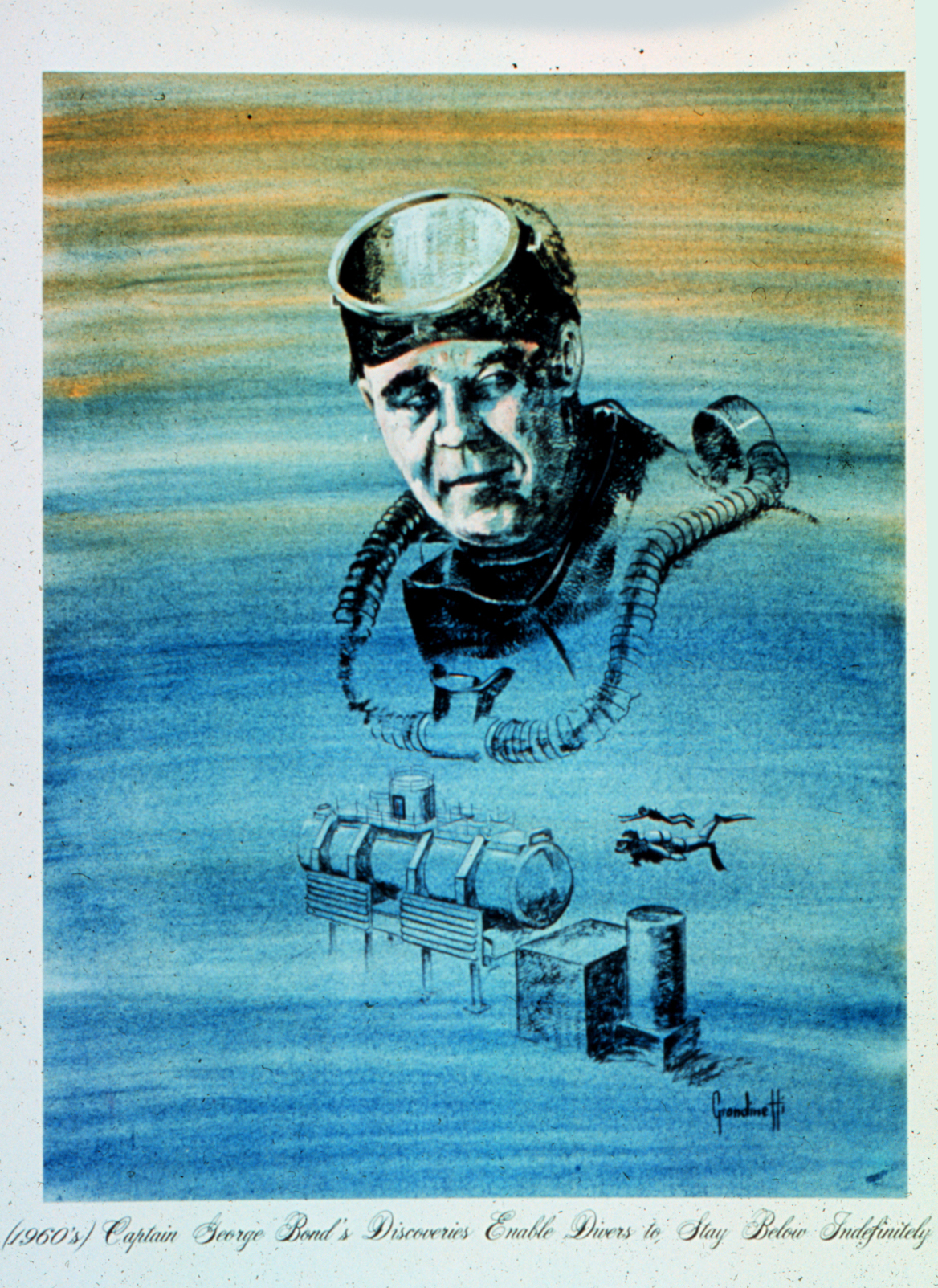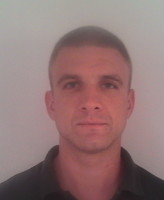Even with huge air resources, we are still limited by a very long decompression. The current open circuit diving record is 332m. It was established by Ahmed Gabr in Dahab. The immersion itself lasted 15 minutes, but the ascent with the required decompression took him 13 hours and 35 minutes. In addition to long-term preparations and expenditures for this undoubtedly extraordinary feat, Gabr needed the help of 30 people, including divers, medics and technicians of various specialties.
If Ahmed had to repair the pipeline at this depth, which would take the oil to the refinery, he certainly wouldn’t be able to have dinner every day. It should be noted that divers performing deep underwater work reach the state of full saturation, i.e. the moment when all tissues are maximally saturated with the breathing mixture at a given depth. Maintaining the saturation equilibrium or otherwise saturation plataeu, it does not matter much for the length of decompression, whether we will be under water for 15 minutes or 15 days.
Due to the full saturation of tissues, such dives are called saturation dives and they require extensive knowledge in the field of diving physiology, medicine and physics, expensive equipment and health like a horse (or in this case like a fish). It is estimated that only 10% of all professional divers in the USA engage in saturation diving. It all started there too.
Exactly December 22, 1938. the first full saturation has been performed. Edgar End and Max Nohel breathed air at a depth of 30.8 meters for 27 hours. The decompression lasted 5 hours. One of the daredevils showed symptoms of decompression sickness, which subsided after further treatment in the decompression chamber.

It wasn’t until 9 years later that the “Genesis” project was launched, led by naval officer Gorg F. Bond. It consisted in examining how the human body behaves when subjected to full saturation of tissues with various breathing mixtures. The first phase of the experiments was carried out on animals. Subsequent phases eventually led to the first ever saturation dive at a depth of 30m using a mixture of oxygen (7%), nitrogen (7%) and helium (86%). It was “Papa Topside”, as Bonda was called, and his team who initiated diving with trimix, now well known to technical divers. This project then evolved into three experiments named: Sealab 1, 2 and 3, which greatly expanded the possibilities of man to live and work underwater. In this way, Ahmed Gabr repairing this pipeline may not come back for dinner every day, but he could eat dinner in a specially adapted hyperbaric chamber maintaining a constant pressure at the depth at which he is currently working.
It is not without reason that I clung to this pipe because saturation divers, apart from military or research issues, turned out to be irreplaceable in extracting oil from the bottom of the seas and oceans around the world. Everywhere around the globe, around the mining platforms, you can meet specialized Diving Support Vessels, which on board have hyperbaric chambers and diving bells in which the air is compressed to the pressure that prevails at the depth at which divers are to work. Compression and decompression are supervised by a team of specialists: diving works manager, doctor, technicians, engineers. In addition, a navigational crew is needed to lower the bell into position, a mechanical crew to keep the whole great mechanism running and well-oiled.
Saturated descents are very dangerous and demanding for the body. That is why global work standards have been adopted, which allow for 28 days of staying in the chamber, counted “seal-to-seal”, i.e. from the start of compression to the end of decompression. For example, human life and work at a depth of 200 meters requires as much as 8 days of decompression. This allows you to perform work for only 19 days, counting that one day is dedicated to tissue saturation and simple preparation for work.
Since the beginning of the “Genesis” project, saturation diving has continued to develop. Scientists, medics and engineers are testing new solutions. In 1992, full saturation was carried out in the chamber for a depth of 701(!) m of sea water. Which is the absolute record of human endurance to pressure so far.

Knowledge about tissue saturation is only leaking from the military or industry to civilian users. As with any invention, over time, this one will be made available to a wider audience, so what today is a curiosity, inaccessible to the ordinary citizen, perhaps in the future will be another course of recreational diving federations.
Autor: Patryk Krajnik

Patryk Krajnik – diving instructor, WOPR lifeguard and Maritime Academy graduate. He works on ships in the offshore industry. He wrote his master’s thesis on underwater navigation. He became infected with diving during his studies, so as not to get too far from the water when coming off the ship.



